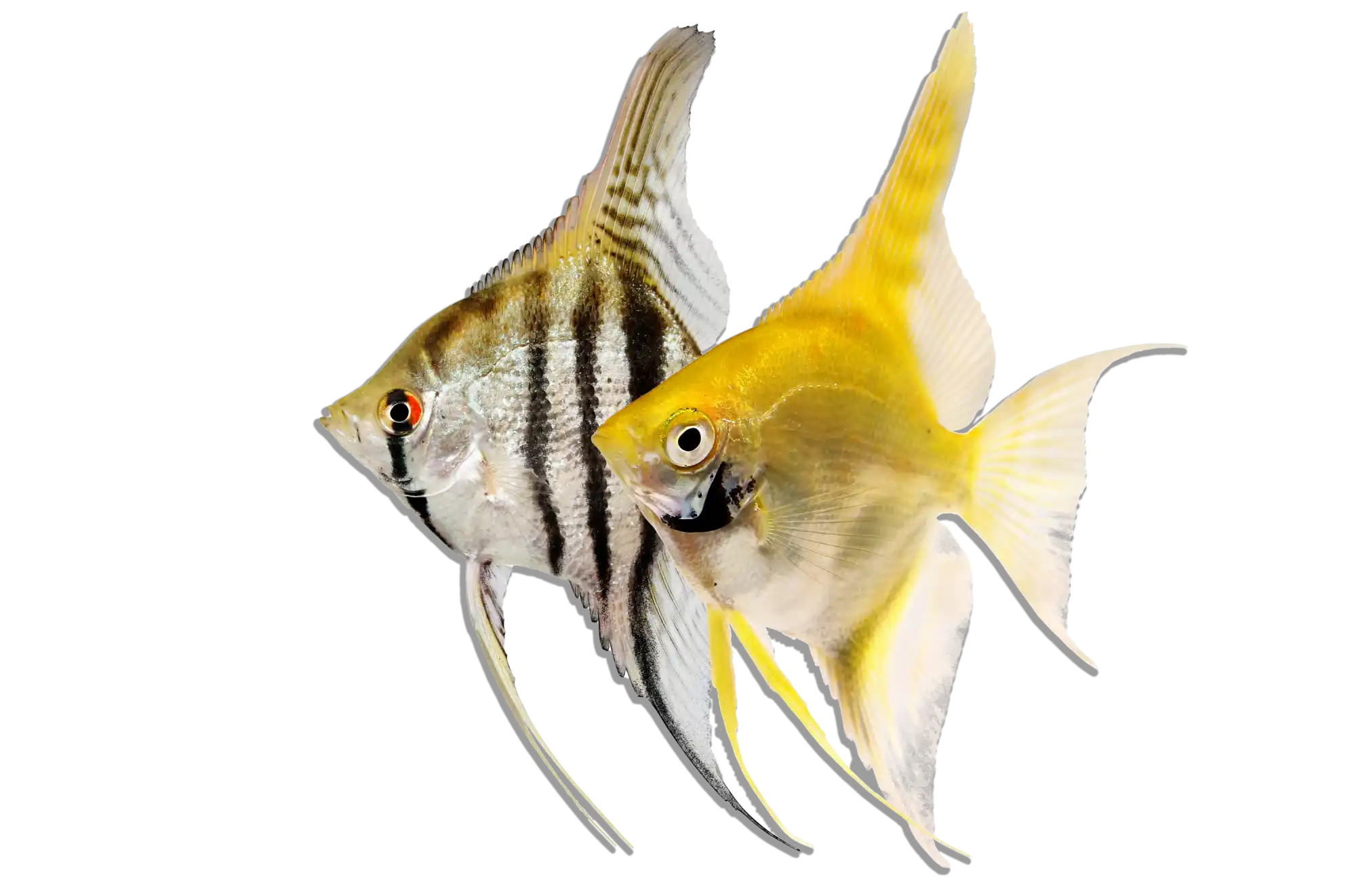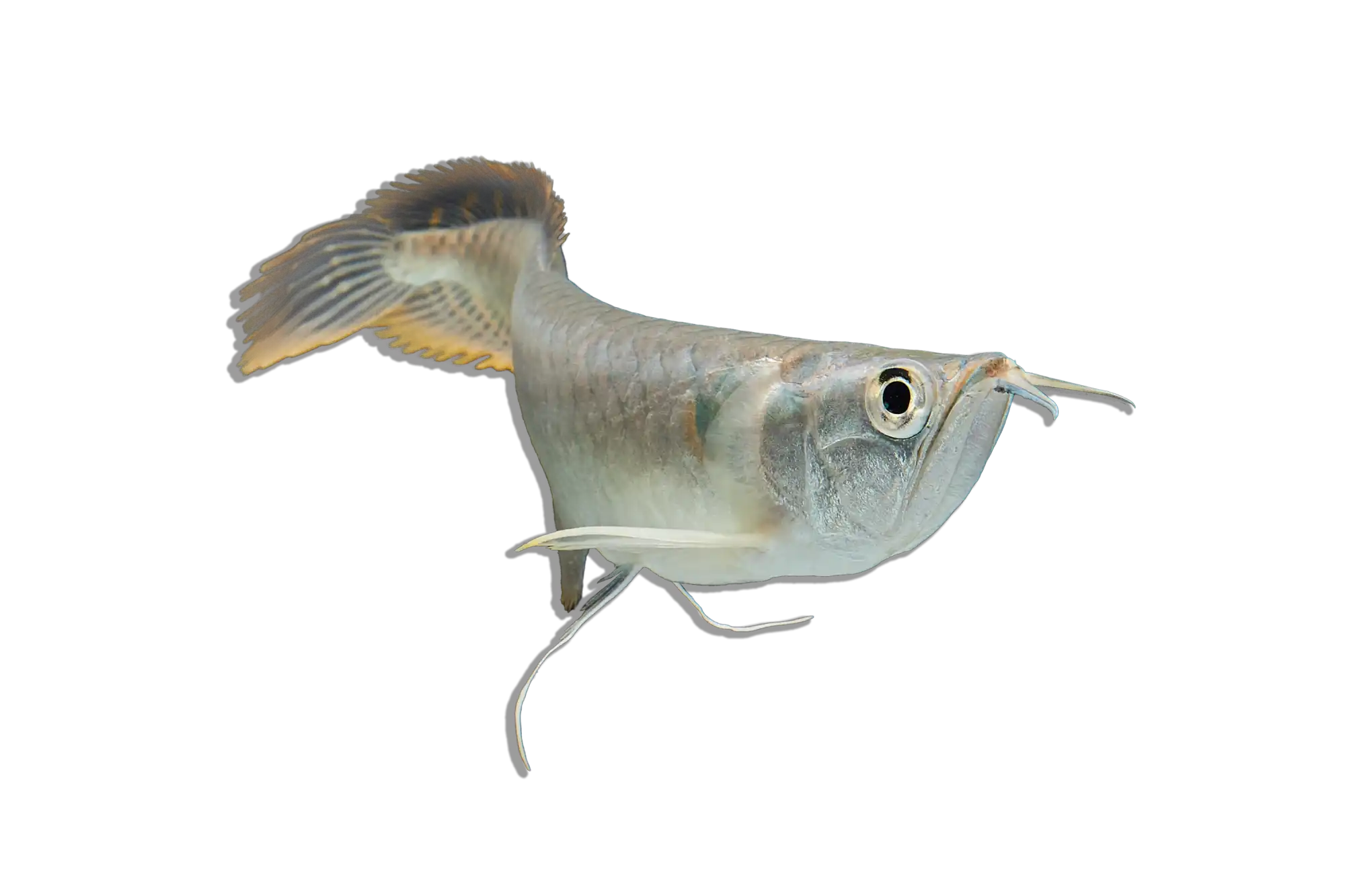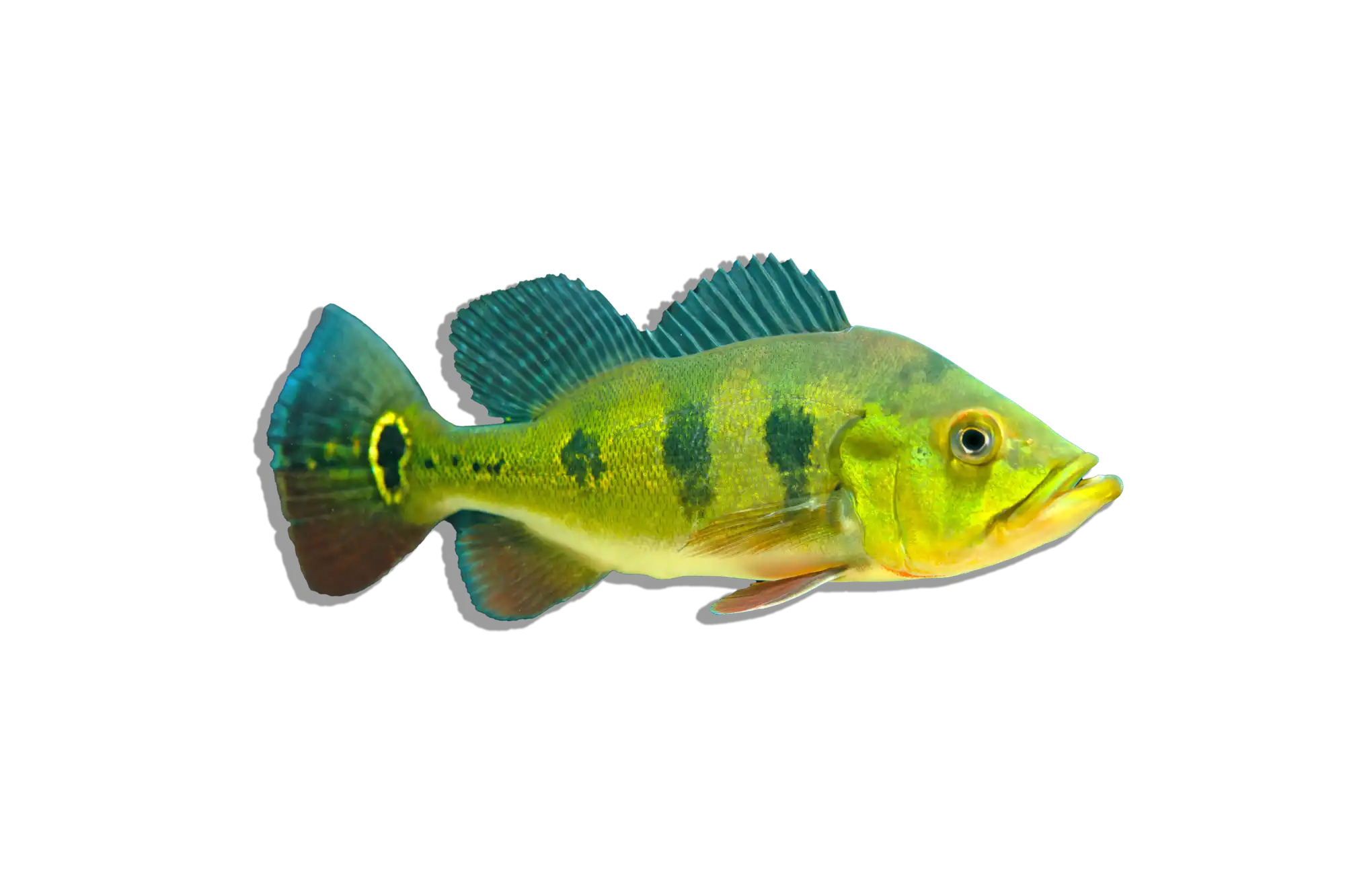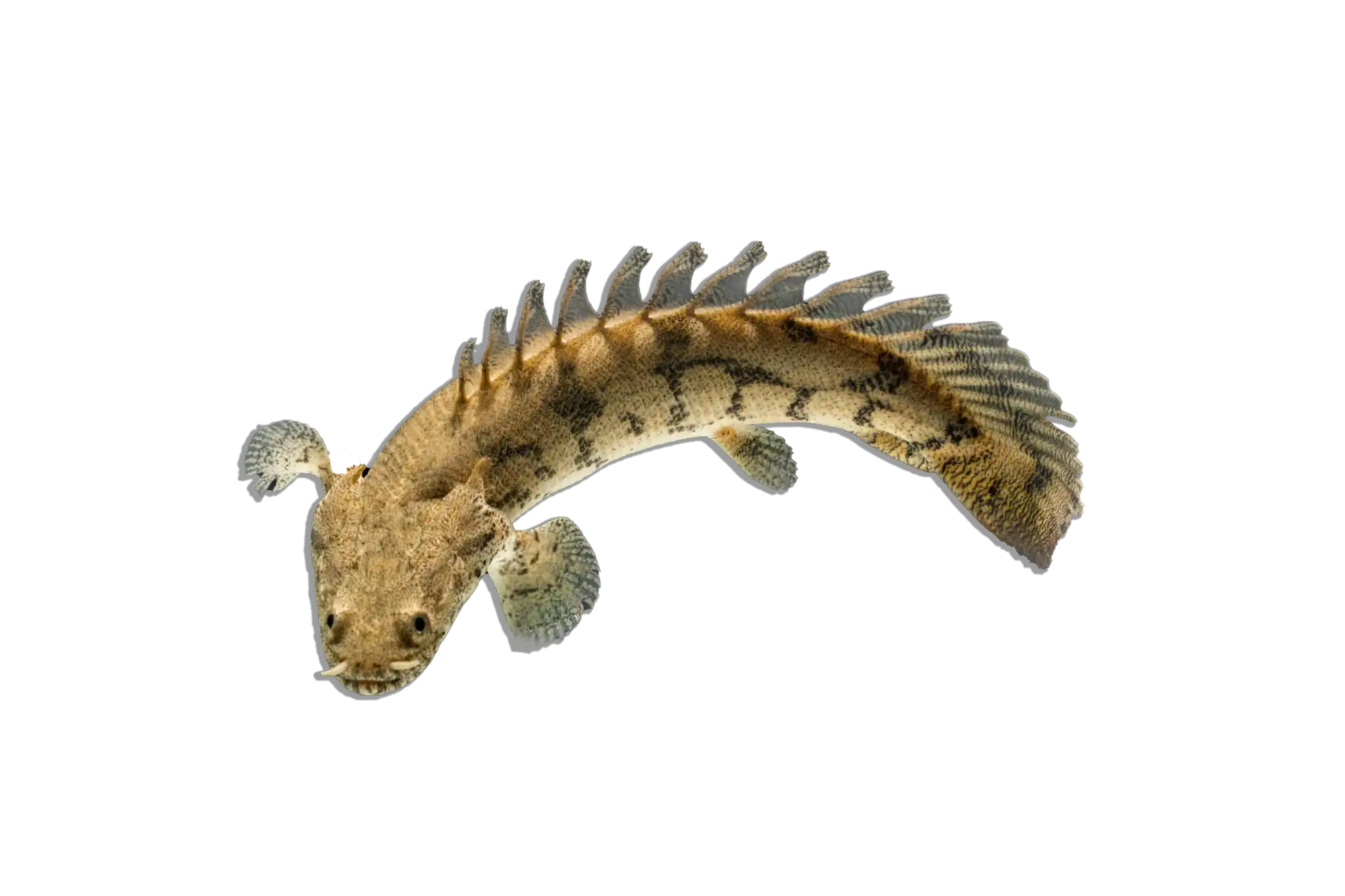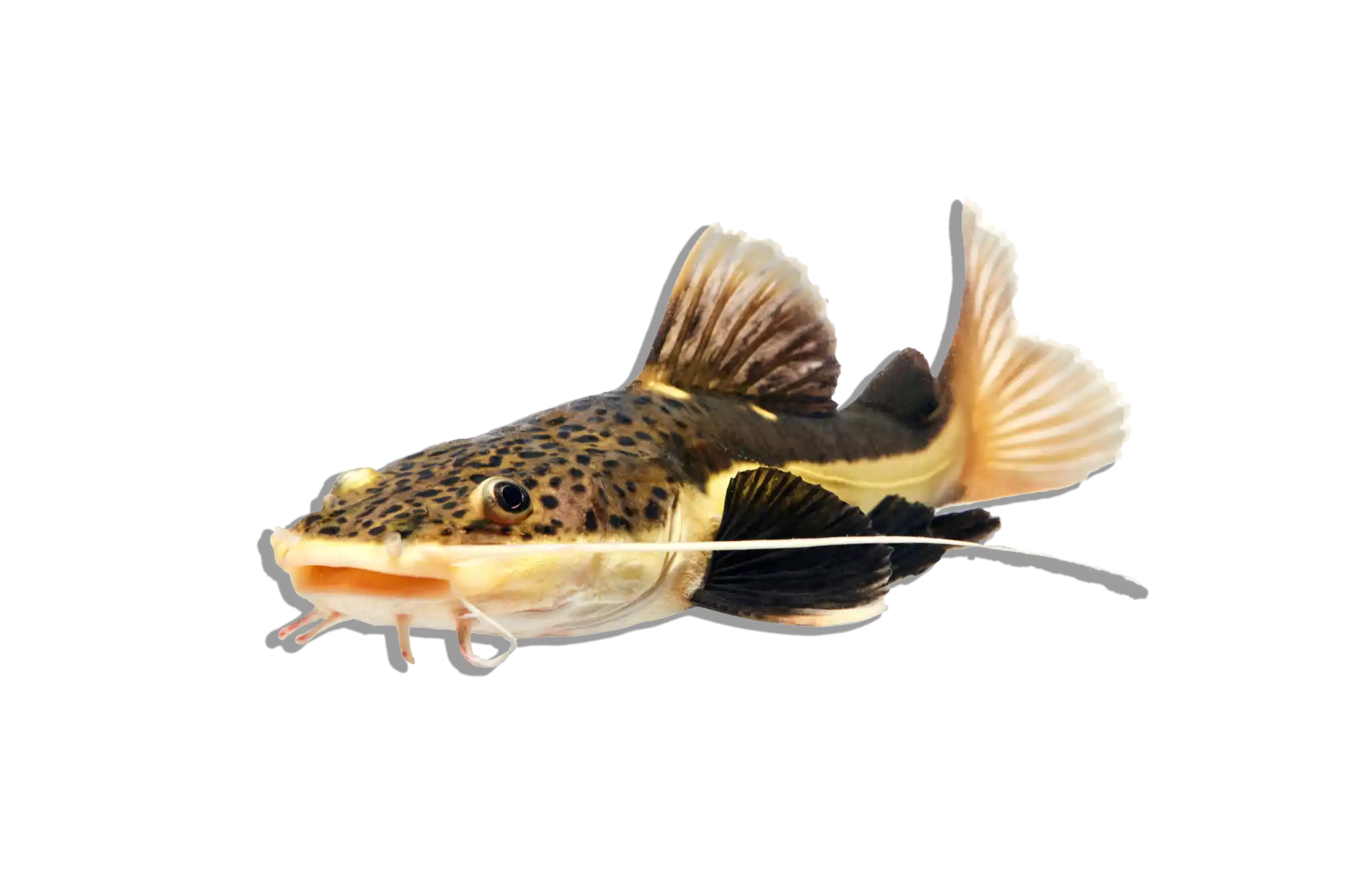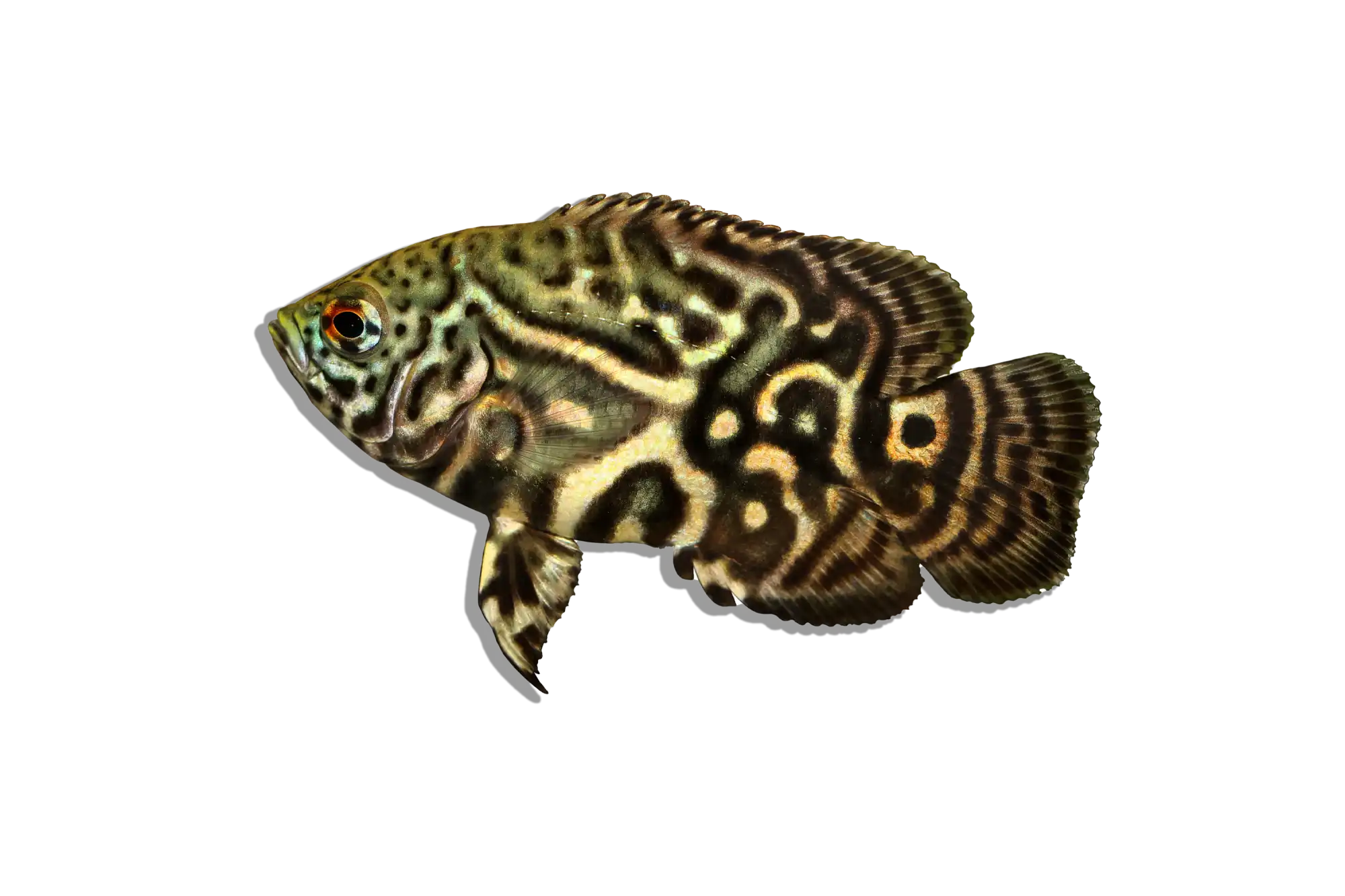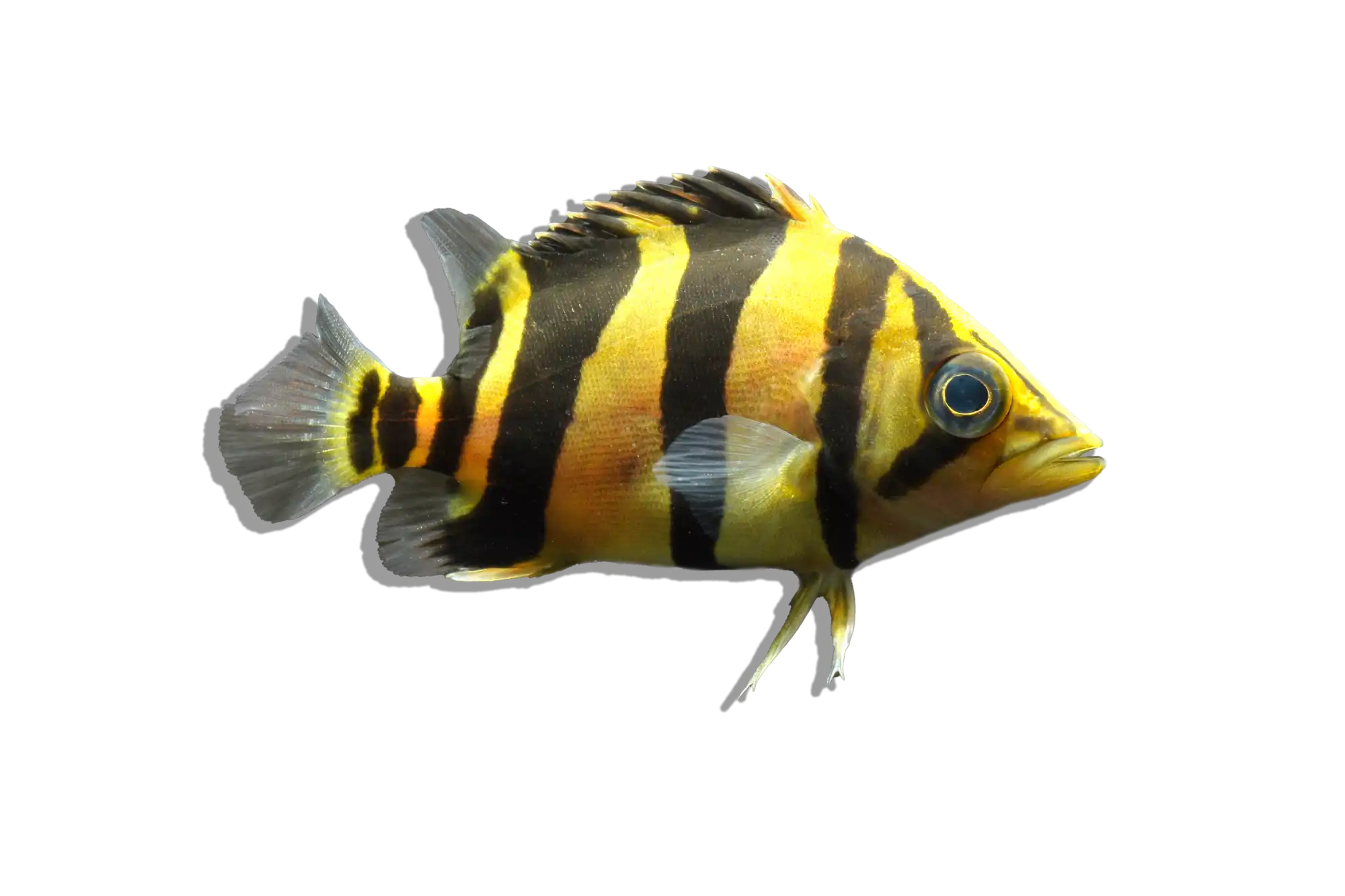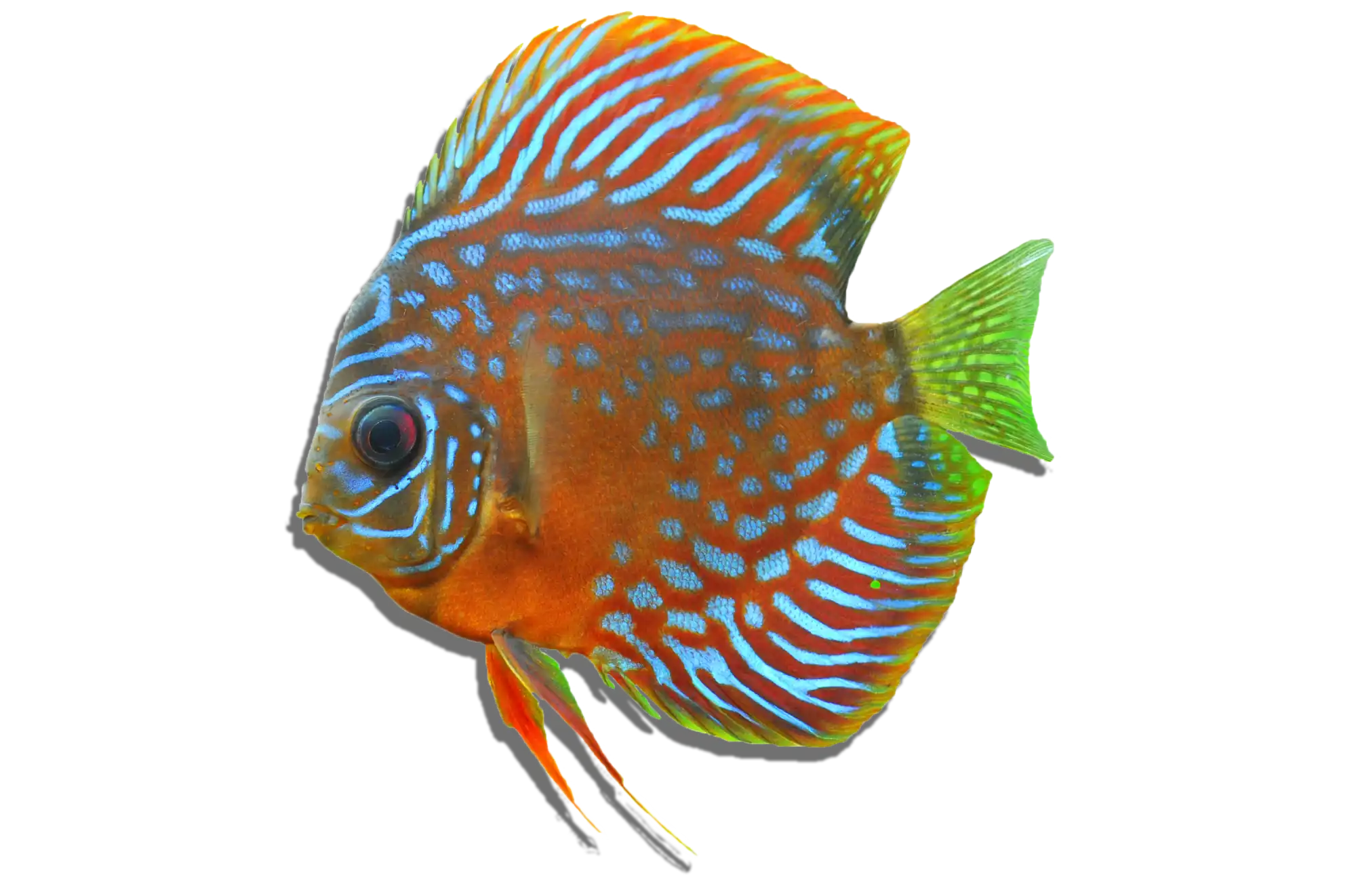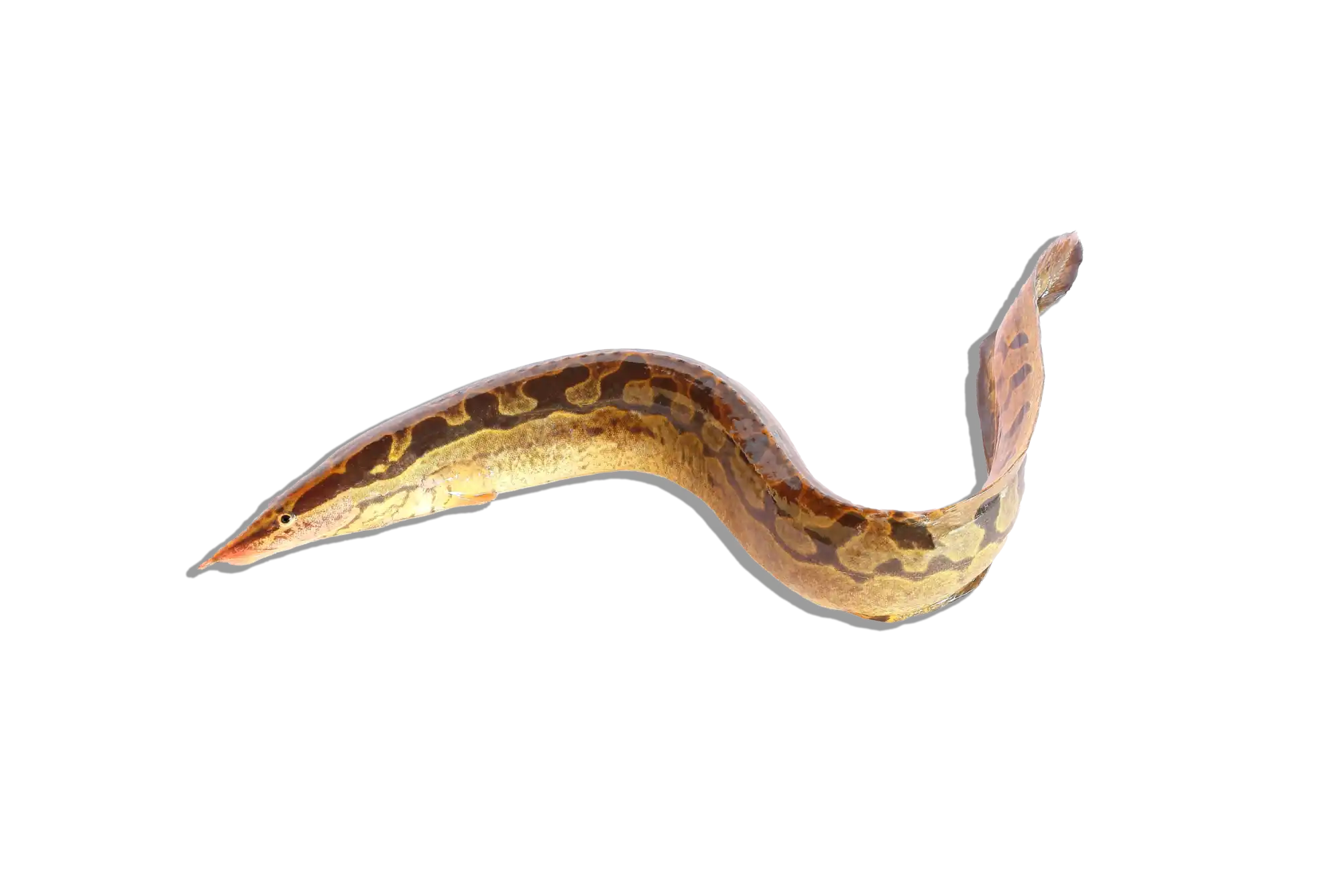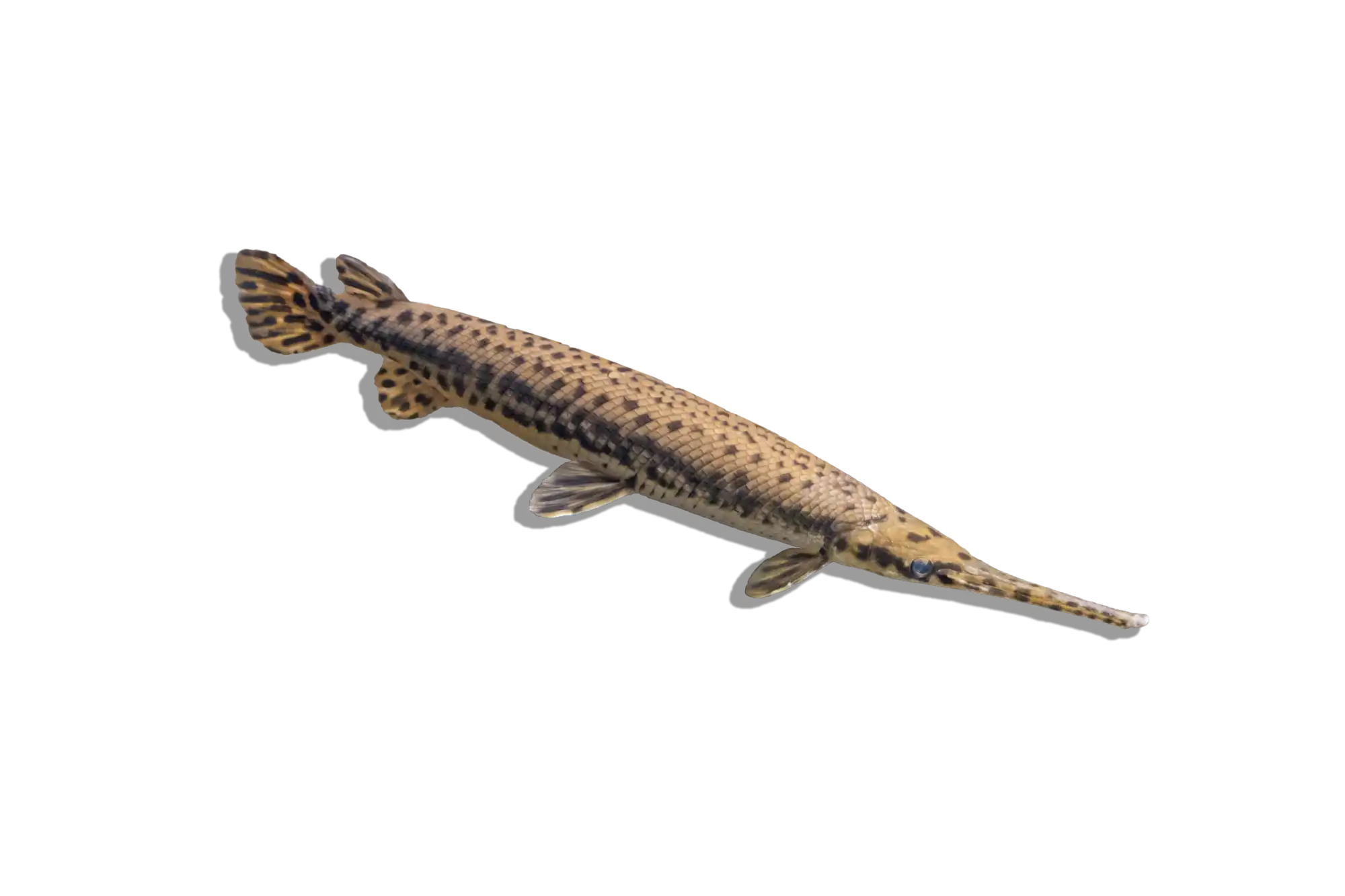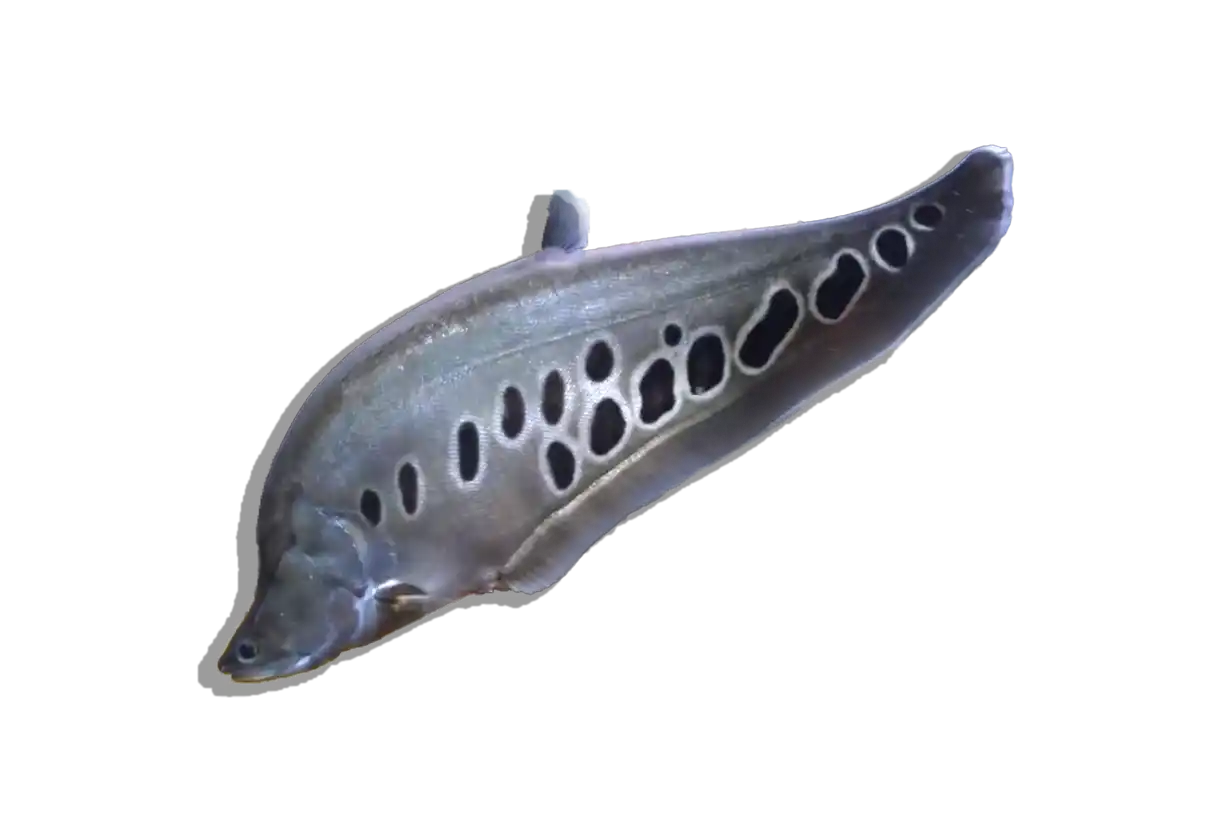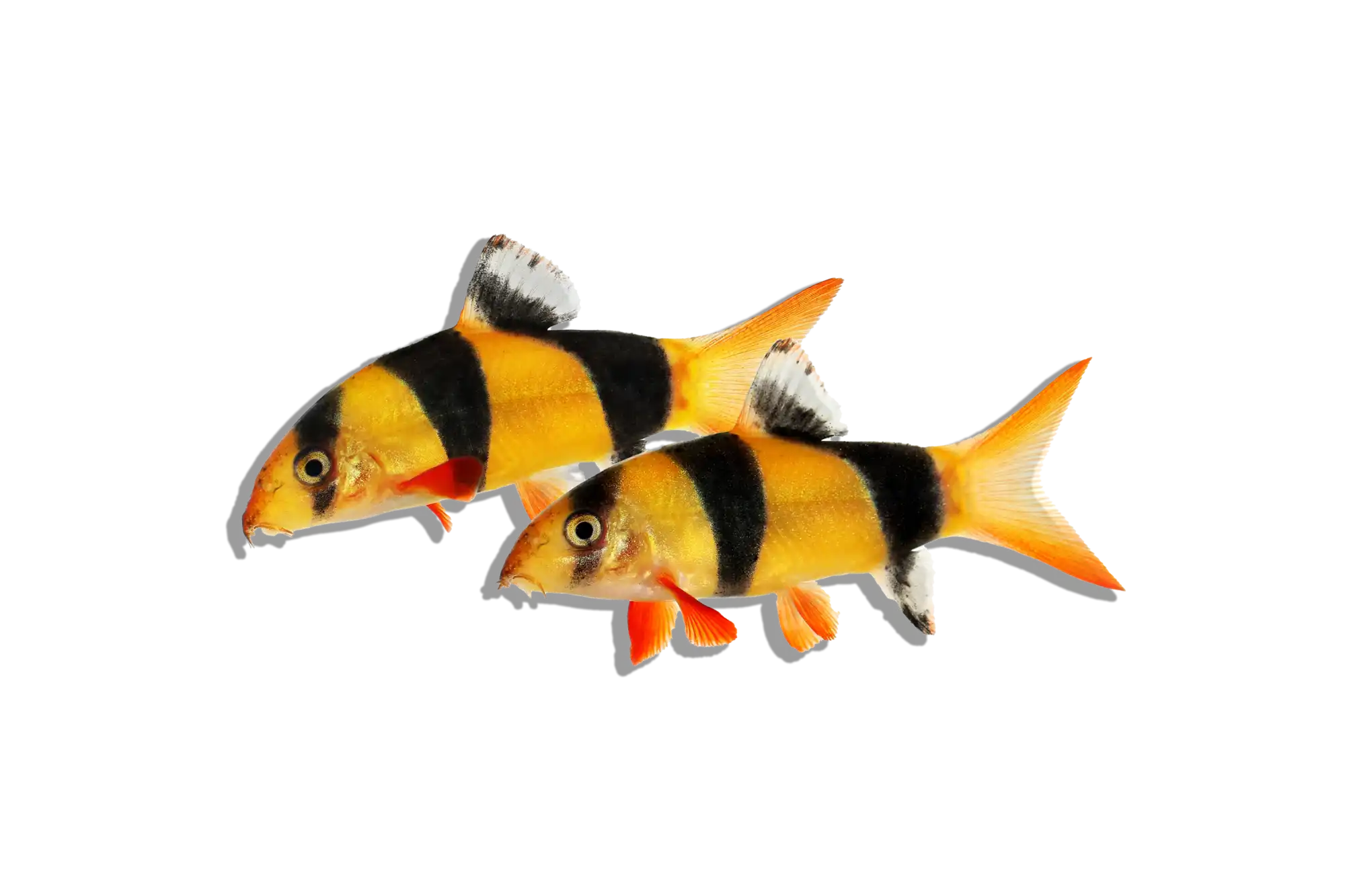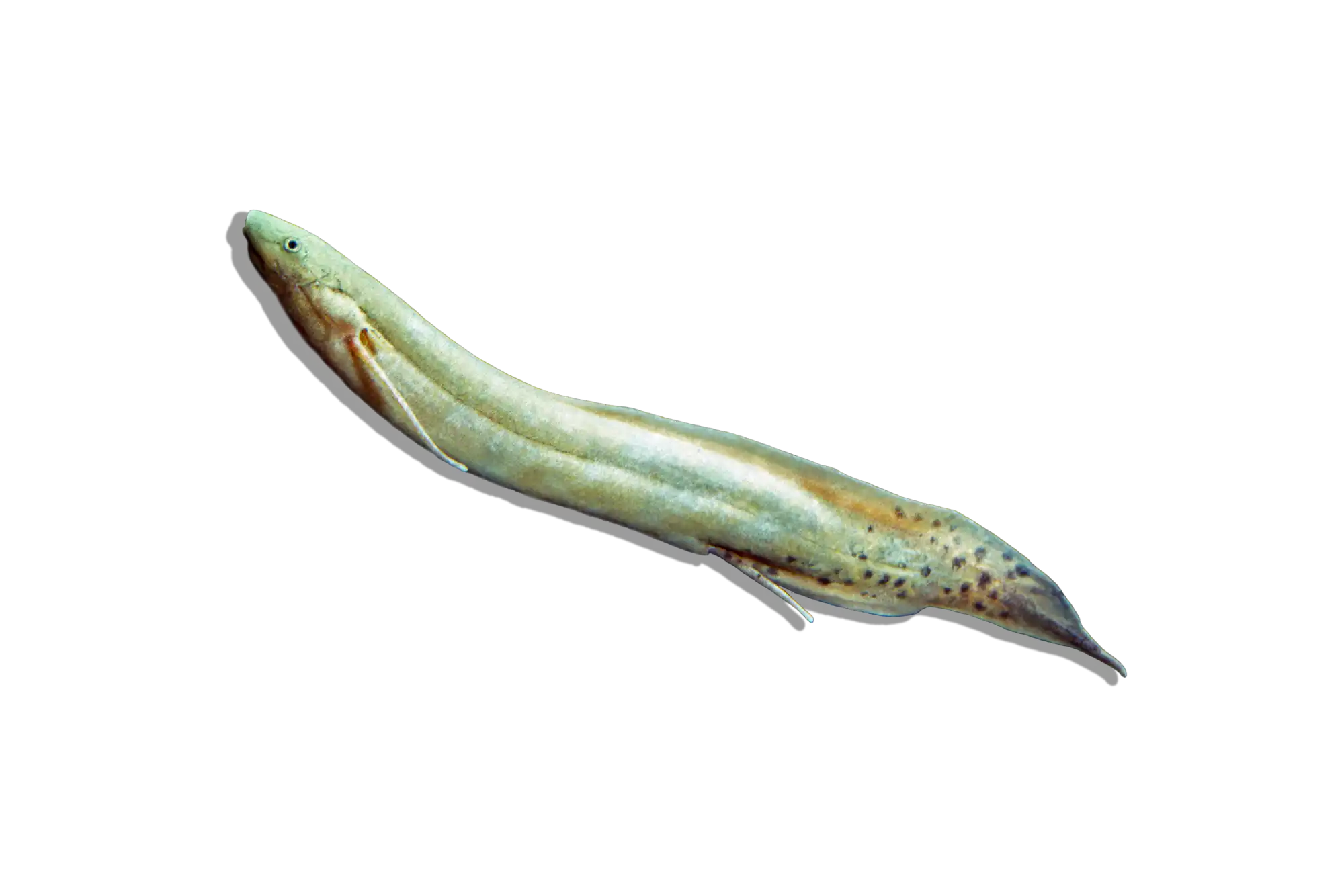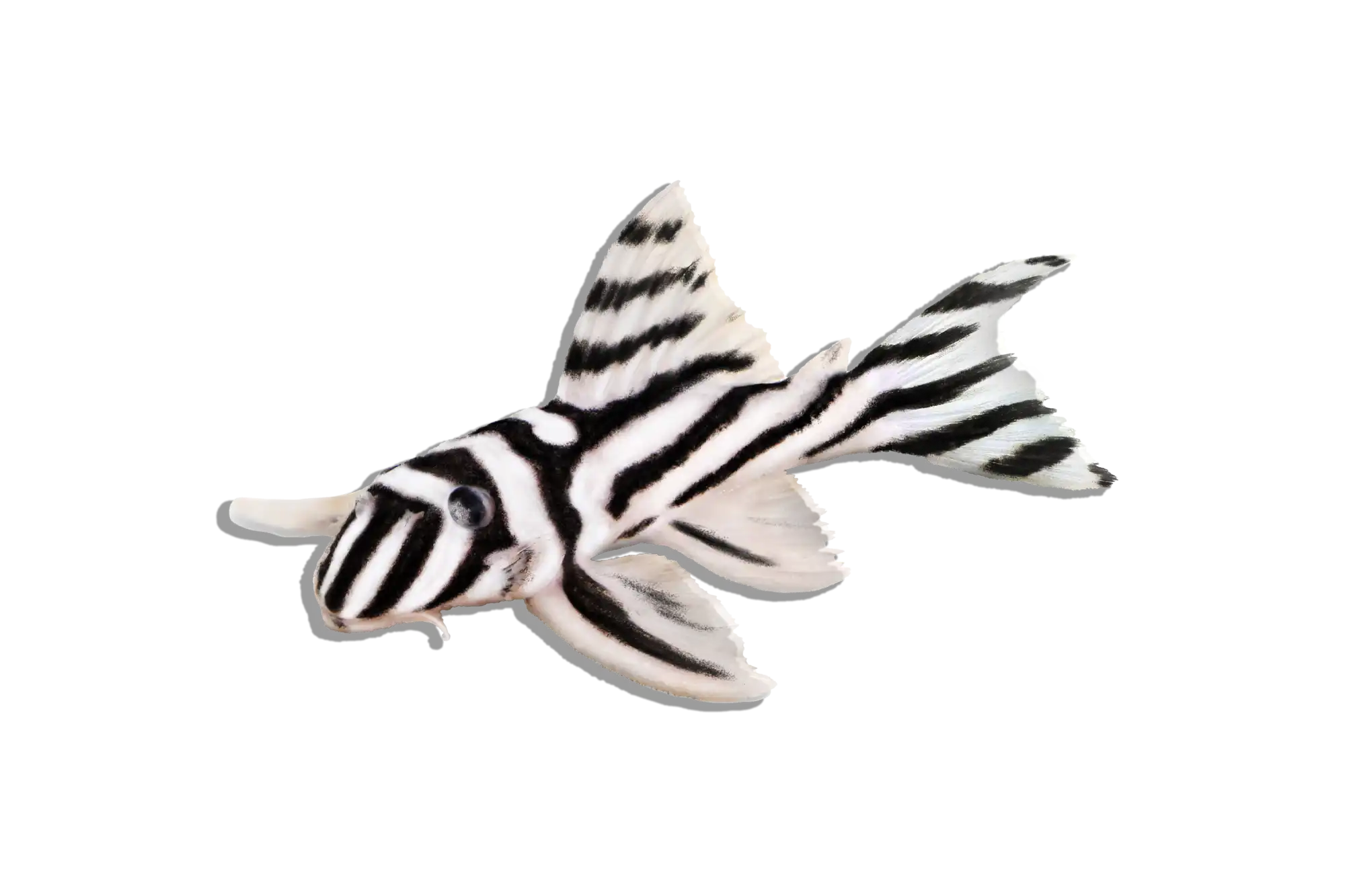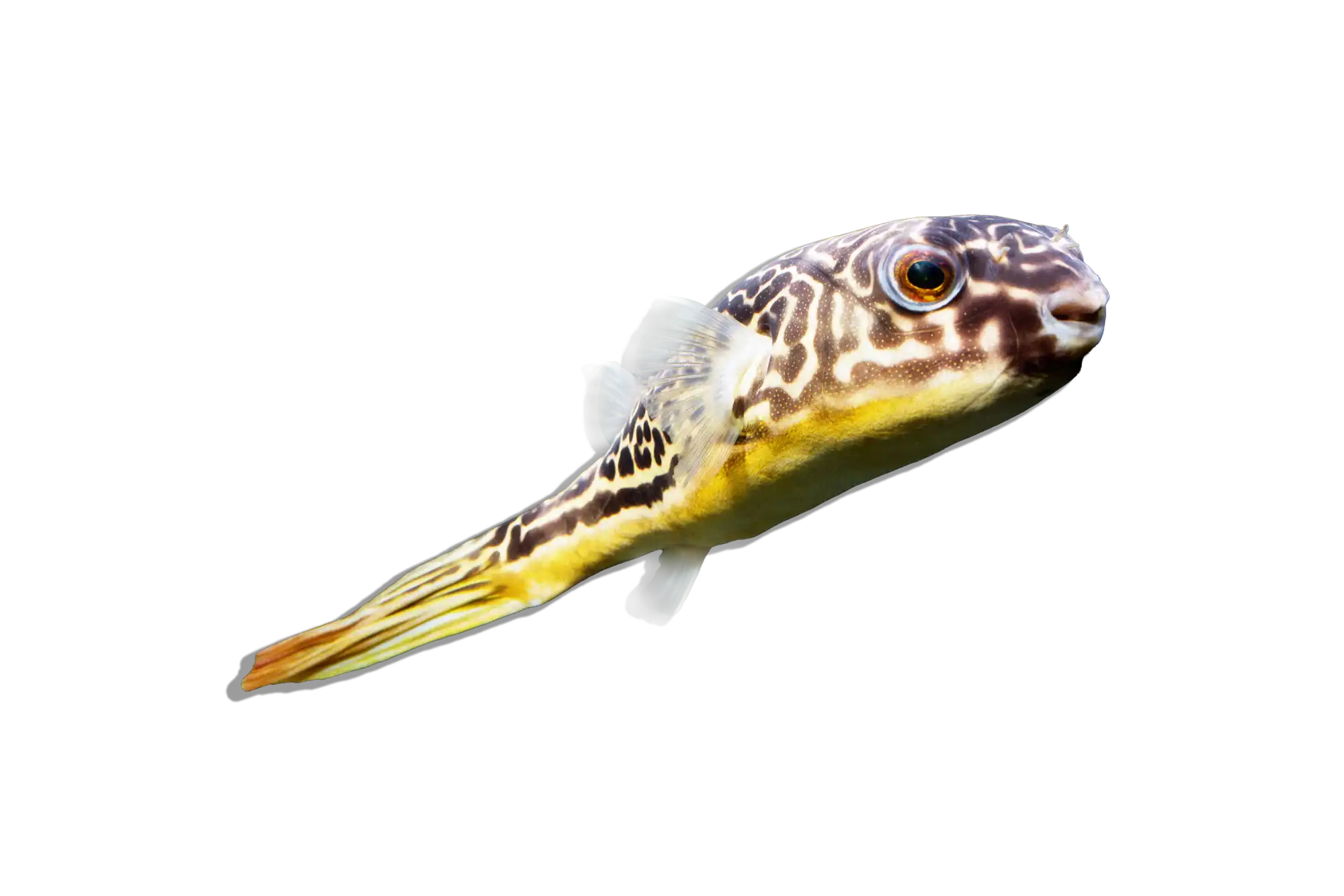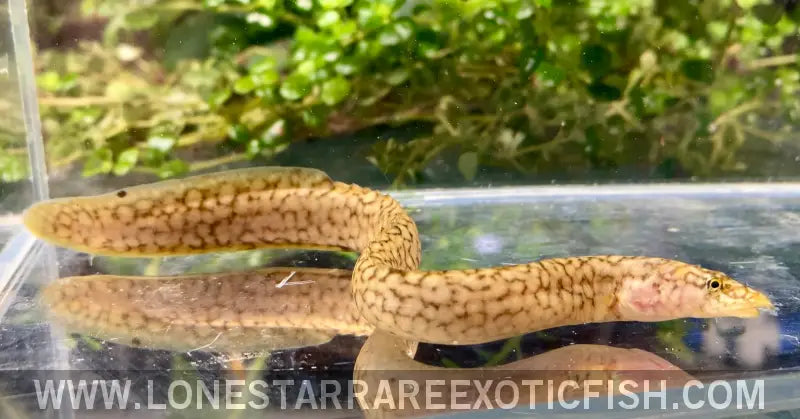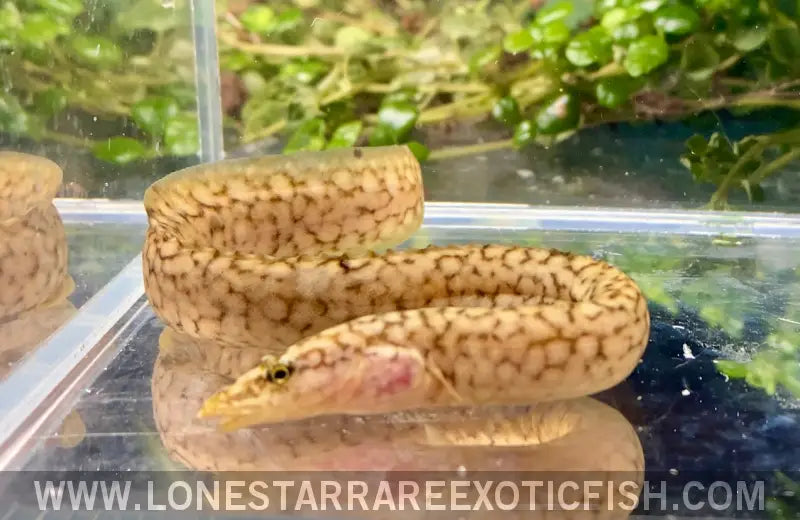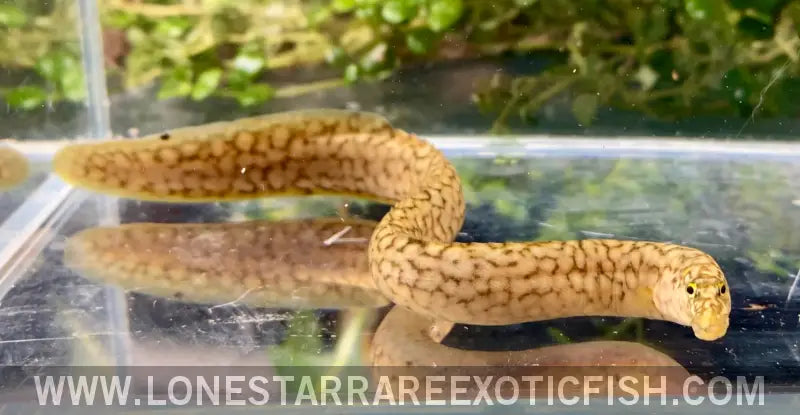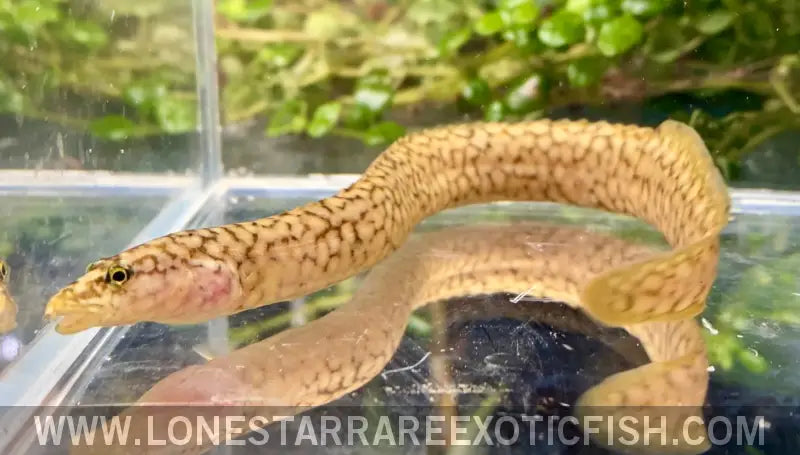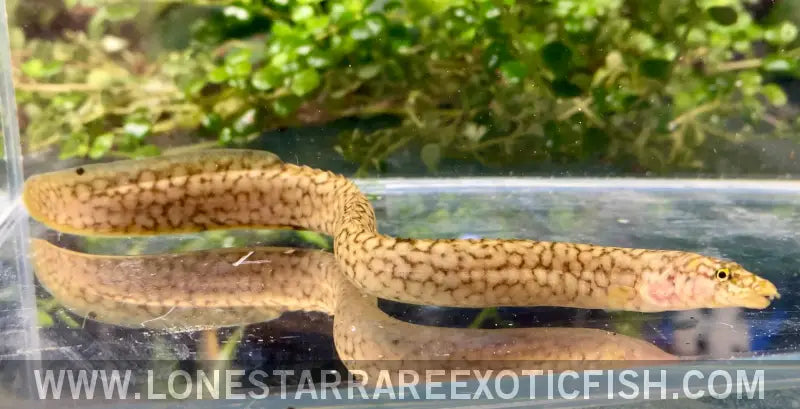Description
Common Name: Tanganyikan Spiny Eel
Scientific Name: Mastacembelus moorii
Other Names: Tanganyika Eel, Lake Tanganyika Spiny Eel
The Tanganyikan Spiny Eel is a fascinating and unique freshwater fish known for its elongated, eel-like body and distinctive spines running along its back. This species has a brown to dark brown coloration, often with lighter mottling or banding patterns that help it blend into its natural environment. The Tanganyikan Spiny Eel is a nocturnal predator, adding an element of intrigue and excitement to any aquarium.
Habitat and Distribution: The Tanganyikan Spiny Eel is native to Lake Tanganyika in East Africa, specifically found in the countries bordering the lake, including Tanzania, Burundi, Zambia, and the Democratic Republic of Congo. This species inhabits rocky shorelines and sandy or muddy bottoms where it can easily hide among rocks and crevices. The water in Lake Tanganyika is clear, alkaline, and well-oxygenated, providing an ideal environment for these eels.
Size and Lifespan: In the wild, Tanganyikan Spiny Eels can grow up to 24 inches (60 cm) in length. In captivity, they typically reach around 16-20 inches (40-50 cm). Their lifespan can range from 10 to 15 years, depending on the care and conditions provided in the aquarium. Maintaining optimal water quality, a balanced diet, and a suitable environment are crucial for their longevity.
Diet and Behavior: Tanganyikan Spiny Eels are carnivorous and have a diet that includes small fish, crustaceans, and insects in the wild. In an aquarium, they should be fed a varied diet of live or frozen foods such as bloodworms, brine shrimp, and chopped raw fish. They can also be offered high-quality carnivorous pellets. These eels are nocturnal and more active during the night, often hiding during the day. They are generally peaceful but can be predatory towards smaller tank mates.
Breeding and Reproduction: Breeding Tanganyikan Spiny Eels in captivity is rare and challenging due to their specific environmental needs and behaviors. Little is documented about their breeding habits in the wild, and successful reproduction typically involves creating conditions that closely mimic their natural habitat. A separate breeding tank with optimal water conditions and plenty of hiding spots is necessary. The female lays eggs in secluded areas, and there is no parental care for the eggs or fry.
Aquarium Care and Tank Requirements: To keep Tanganyikan Spiny Eels, a large aquarium of at least 100 gallons is recommended to provide ample swimming space and accommodate their size. The tank should include plenty of hiding spots created with rocks, driftwood, and robust plants to mimic their natural habitat and reduce stress. A sandy or fine gravel substrate is ideal, as these eels like to burrow. Efficient filtration and regular water changes are essential to maintain water quality. Additionally, a tightly fitting lid is necessary to prevent escapes, as eels are known to be excellent escape artists.
Ideal Tank Mates: Tanganyikan Spiny Eels can be kept with other large, peaceful fish that share similar water parameter requirements. Suitable tank mates include large cichlids from Lake Tanganyika, such as Frontosas or larger Julidochromis species, and other similarly sized fish. It is important to avoid housing them with small fish, as they may be seen as prey.
Difficulty Level: Intermediate to Advanced. While they are hardy and adaptable, their specific dietary needs, nocturnal behavior, and large size require attentive care and a well-maintained aquarium.
Water Parameters:
- Temperature: 75-82°F (24-28°C)
- pH: 7.5-9.0
- General Hardness (GH): 10-20 dGH
- Carbonate Hardness (KH): 8-12 dKH
- Ammonia: 0 ppm (ideal), up to 0.25 ppm (max)
- Nitrite: 0 ppm (ideal), up to 0.25 ppm (max)
- Nitrate: <20 ppm (ideal), up to 40 ppm (max)
Additional Information:
- The Tanganyikan Spiny Eel's unique appearance and nocturnal habits make it a fascinating addition to any aquarium, providing both visual interest and a touch of mystery.
- These eels are known for their ability to burrow and hide, so providing a well-decorated tank with plenty of hiding spots is essential for their well-being.
- In their natural habitat, Tanganyikan Spiny Eels play a role in controlling populations of small fish and invertebrates, maintaining the ecological balance of their environment.
- Fun fact: Tanganyikan Spiny Eels can use their spines for defense, making them less appealing to potential predators and helping them survive in the wild.

